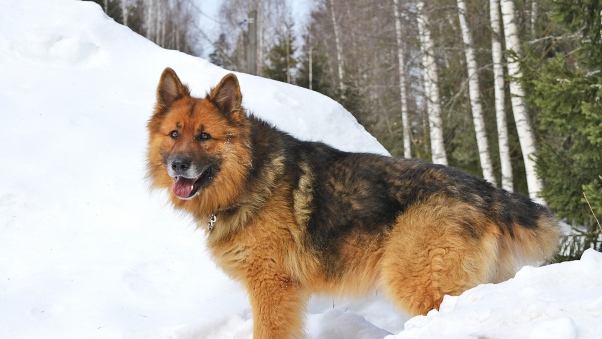One of the biggest misconceptions about dogs is that a wagging tail means happiness.
⠀
It can be a signal of happiness, but there are other things it symbolizes too: fear, insecurity and even a warning: stay away!
⠀
Always look at are the dog’s pose and movements, and the positioning of the wagging tail (especially, how high or low it is).
⠀
Pay attention to the way the tail is wagged. The speed shows how excited (or agitated) the dog is at the given moment.
⠀
Research found that the direction of wagging might matter too: if the tail moves mainly to the right (in the direction of the right hind leg), this might mean that the dog is experiencing positive emotions, while moving mainly to left means negative emotions.
⠀
Right and left in this case corresponds to what you see if you are looking in the same direction as the dog (facing the back part of their body).
⠀
A wagging tail is not always a sign of friendliness, and you should “read” its meaning depending on the context: the overall situation and what other body language signals are “saying”.
⠀
Generally, a wagging tail means excitement or agitation.
⠀
For example, a dog getting ready to fight will also wag his/her tail. But in this case, it will also be high up, tense and trembling a bit.
⠀
If a dog is wagging his/her tail, but keeping it between the legs and close to the tummy – it means the dog is scared, and it’s better to avoid approaching them at this particular moment.
⠀
But also remember the breed’s specifics: Italian Sighthounds, for instance, almost always hold their tails between their legs.
⠀
If the tail is relaxed, and the dog is wagging it side to side (and often also wiggling), this is a sign that the dog is friendly and happy to see you.
⠀
A dog’s tail is a stirring wheel, helping them keep their balance, for example, while going through the agility course.
⠀
Dogs raise their tails when slowing down and lower them when speeding up or climbing a hill. If the goal is keeping balance, then the tail moves from side to side.
⠀
When jumping, the tail goes down – this helps during takeoff. When landing, the opposite happens: the tail goes up.

